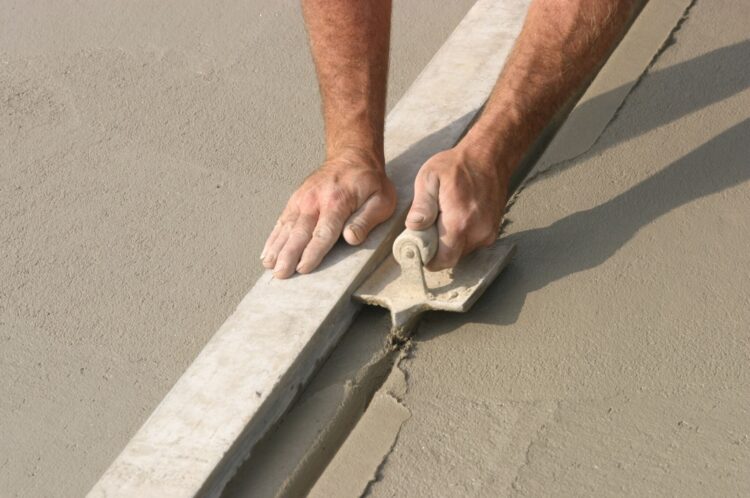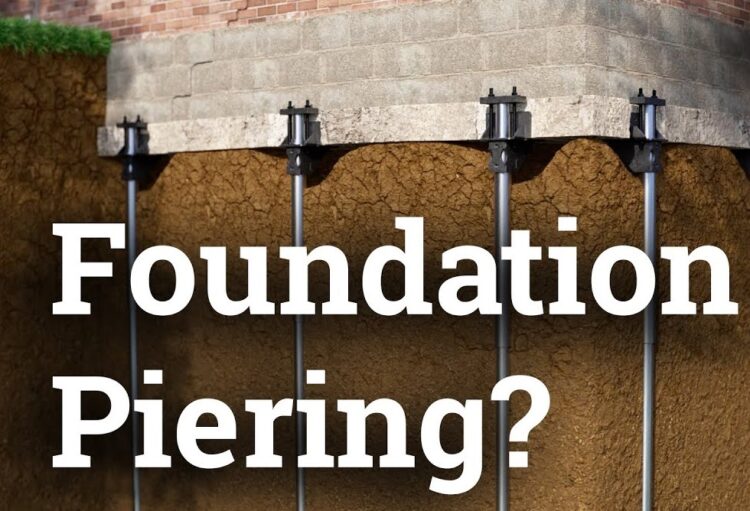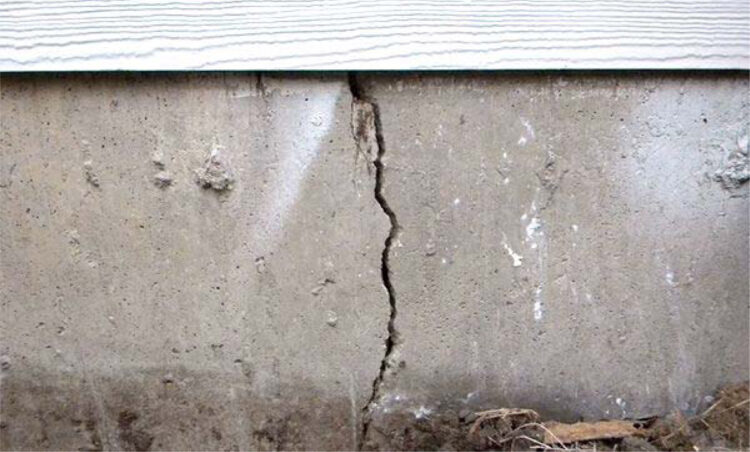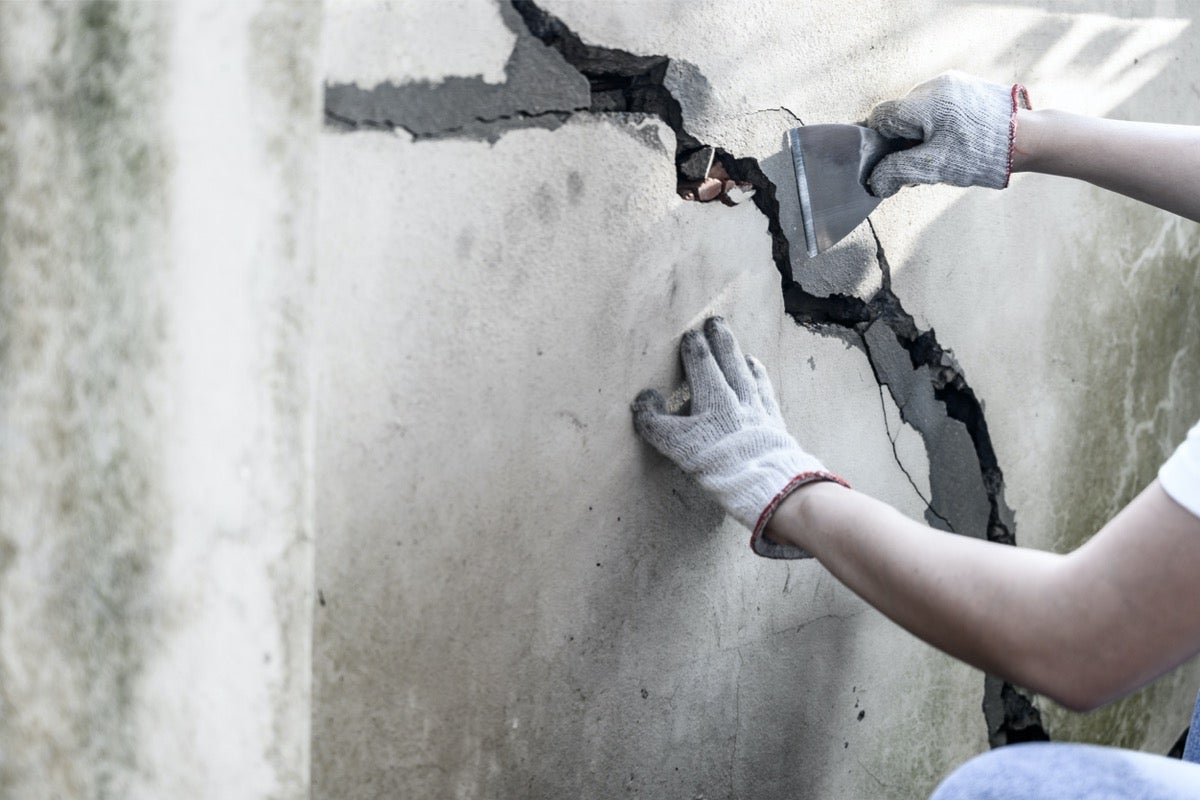Your home’s foundation is one of its most important elements, so if something goes missing, you’ll need to consult a professional as promptly as possible. A compromised foundation can cause many problems throughout your home, from insect intrusion issues to landscaping damage.
Familiarity with the process of foundation repair is helpful for several reasons. When you own a home, you want to make sure the foundation is in good shape. If your home’s foundation needs repair, you’ll want to decide how best to fix it. Also, if you are looking for a new home, you want to keep an eye out for signs of foundation problems.
Keep reading to learn more about foundation repair methods (and how to know when to call in the pros)!
Foundation Repair Methods
The two most common methods of foundation repair are slabjacking and piering. Here is some information on each method.
Slabjacking

Slabjacking—also referred to as concrete lifting—is a common foundation repair method for homes constructed on a concrete slab (as opposed to a below-grade basement).
The basics of slabjacking include the following steps:
- A pattern of holes is drilled into the area needing repair.
- A synthetic lifting solution, similar in texture to grout, is poured into the holes and under the slab with specialized equipment.
- The synthetic material fills the void beneath the concrete, which lifts the slab to a level even with the surrounding concrete.
- The contractor patches the holes with a concrete mix.
Compared to other foundation repair methods, slabjacking is a quick, relatively low-cost solution. The work can be done virtually year-round (barring extreme weather, of course), and depending on the specific circumstances of the repair, there’s typically very little disruption to the house or yard.
Slabjacking can be used to repair concrete slabs all-around your home—it isn’t limited to the house foundation. Walkways, patios, and driveways can fail and sink for various reasons, including improperly prepared soil, shrinking soil, and erosion.
A foundation repair Detroit company like https://staydrywaterproofing.com/ specializing in slabjacking can repair sunken concrete and prevent trip hazards.
Piering

Piering is a foundation repair method that uses metal or concrete posts to bolster a failing foundation.
Push piers are galvanized, or epoxy-coated steel pipes drilled into the foundation with a hydraulic ram.
Helical piers are a little like large screws. They are constructed of steel and are driven deep into the ground with a hydraulic torque motor. At this point, hydraulic jacks lift the sinking foundation to the correct level, and the foundation is then locked into place with bolted or welded wall brackets.
Piering can be a great foundation repair option, especially for homes built on expansive soils. Advantages of piering include:
- A low cost (compared to full excavation).
- No need for heavy equipment.
- Minimal disruption to landscaping.
If you have your foundation repaired with a piering system, keep in mind that you should not consider the job complete until a structural engineer verifies the work and conducts any necessary load testing.
These important quality assurance steps ensure that the repaired foundation can carry the load of your house.
Signs of Foundation Problems
It pays to be on the lookout for foundation issues as a homeowner. It’s easy to write off little issues here and there because you’ve been told that “houses settle” or you’re afraid to find something wrong. But the reality is that foundation problems do crop up, especially if you live in an area with expansive soil or that receives high amounts of rain.
A foundation problem doesn’t mean that your house is done for—experienced foundation repair contractors have a fix for virtually every possible scenario. But remember that foundation problems don’t fix themselves, and time is not on your side.
Keep an eye out for the following common signs of foundation problems, and call a foundation repair pro to investigate anything you’re unsure of.
Cracks

Cracks can appear inside or outside your home and indicate that something might be a miss. Cracks are sometimes the first visible signs of a sinking foundation or crumbling supports.
If they aren’t addressed, foundation cracks typically grow larger and become unsightly. If you’re considering selling your house, significant foundation cracks can deter potential buyers.
Water Intrusion
Water seepage on the ground floor or in a basement can be a sign of underlying damage to the home’s structure. If the cause of the water intrusion is related to a failing or compromised foundation, a foundation repair expert can locate the problem and offer options for fixing it.
Bowing Or Sagging Walls
Changes in the walls, such as bowing or sagging, are most common in basements and crawl spaces. These issues indicate a problem with the strength of these load-bearing walls, but don’t panic.
As dire as the situation may seem, bowing and sagging basement walls can be repaired—and you probably won’t even have to compromise on your plans for a finished basement. Work with a reputable, experienced foundation repair contractor to have the walls fixed, and make sure your contractor understands your plans for the space.
Gaps

Houses do settle and shift slightly with changing temperatures, but these normal fluctuations shouldn’t result in significant gaps or breaches around the house. If you see large gaps around a door or window frames or notice doors and windows becoming difficult to open, have a foundation repair expert take a look.
Foundation Repair Companies
Foundation concerns should always be left to the professionals. These jobs often require special knowledge and heavy equipment. Be sure to hire an experienced company that holds the right licensing, insurance, and certifications to complete a job properly from start to finish.
It never hurts to do some research on local companies and ask for referrals from business partners, family, and friends. As you interview and request estimates from the companies on your short list, be mindful of the following warning signs that you should keep looking for:
- The company suggests work that seems excessive or overly invasive for the problem.
- The representative offers a price without adequately inspecting the property.
- The job quote does not include a final inspection by a qualified structural engineer.
The Bottom Line
As scary as foundation problems are, there’s a lot of comfort in knowing exactly what you’re dealing with. Don’t ignore concerns—even if you think they’re far too minor for a contractor to investigate.
If that crack you’ve been staring at for weeks isn’t actually something to worry about, you’ll have peace of mind. And if it is a sign of something problematic, your foundation repair contractor will design a fix. Either way, the result will be positive.

